I love kayaking. Which is great. But I also love kayaking gear, which is a love with far more sinister consequences. In fact, at a recent social gathering (people referred to it as “an intervention” for some reason) my friends even claimed that I love kayaks too much, and that the desire to acquire more and more boats can be a slippery slope.
Classical addiction in individuals is characterized by “compulsive desire, loss of the ability to control the dose, and persistence despite ad- verse consequences to themselves and others.” A classical addiction to gear manifests itself as what I now refer to as GAS, or Gear Acquisition Syndrome.
You know you have GAS when:
- You own enough kayaks and gear to run a commercial kayak touring company, despite the fact that you do not own a commercial kayak touring company.
- You keep purchasing more and more kayaks, but never sell one.
- Your backyard’s perimeter is effectively fenced by kayak racks.
- You stock more boats and gear than your local paddlesports retailer.
- Other paddlers come to your house to “see the fleet” as if visiting a major museum collection.
- You find yourself in desperate negotiations with your bank manager, seriously trying to sell him on the idea of accepting a kayak in lieu of the more traditional cash mortgage payment.
- Your wife routinely shouts things like “it’s me or those damned boats!” before departing on protracted visits to her mother.
Consider my own behaviour as a case study. I was recently browsing used kayaks online, as I often do. I find idly skimming through the ads both interesting and oddly soothing. Used-Victoria.com, craigslist, MEC’s Online Gear Swap—they’re all good for a quick fix. I wasn’t jonesing for another boat (after all, I have a garage full of them), but it’s always interesting to know what’s available. And besides, it’s a totally harmless diversion. I waste a little time, but I’m not buying anything, right?
Then I noticed a classic Nordkapp for sale. I’d always been curious about the original Nordkapps. Some say that once you’ve tried one you’re hooked for life.
It was like showing a marijuana cookie to a Grateful Dead fan.
I revisited the ad the following day purely as an act of academic curiosity, and amazingly, a full 24 hours later, the ad was still there. And the price had actually been reduced!
Reduced? This was like what crack did for cocaine prices. my pupils dilated, my pulse raced and I broke out in a cold sweat.
I thought that perhaps I just might call the seller, if I had time. Even though I wasn’t going to buy anything.
As luck would have it, I did happen to have a lull in my day in which to call the seller repeatedly, and after a great many attempts I finally managed to talk to him and arrange a time to see the boat. Purely out of curiosity, understand. I did not wish to waste the gentleman’s time. After all, I wasn’t in the market for another boat.
I cut work and headed over.
Now, it’s obvious that travelling across town, with cash in hand, in a vehicle equipped with racks, to see a used kayak that is for sale, but with no intention of purchasing it, is an awful lot like going to a whorehouse and expecting only to get kissed.
I of course bought the boat. But as we huddled in this man’s dingy garage and I laboriously counted out a stack of crumpled bills and change that I had filched from our holiday savings jar, I had a moment of clarity.
Acknowledging the fact that you have a problem is the first step.
To paraphrase what they say at AA meetings: “Hello, my name is Alex, and I love kayaks”.
Alex Matthews lives on Vancouver Island where he actually doesn’t own that many boats—so he says. Tests have confirmed that he suffers from a bad case of GAS.
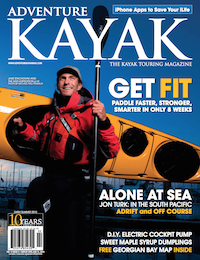 This article first appeared in the Early Summer 2010 issue of Adventure Kayak Magazine. For more great content, subscribe to Adventure Kayak’s print and digital editions here.
This article first appeared in the Early Summer 2010 issue of Adventure Kayak Magazine. For more great content, subscribe to Adventure Kayak’s print and digital editions here.




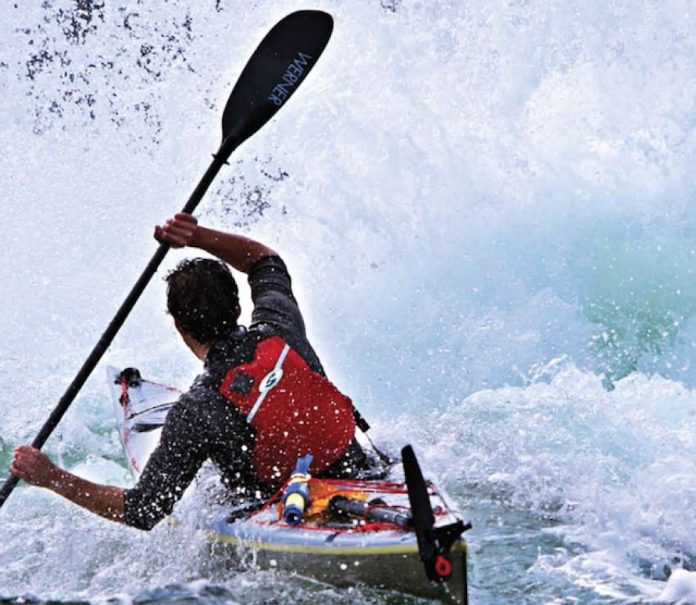
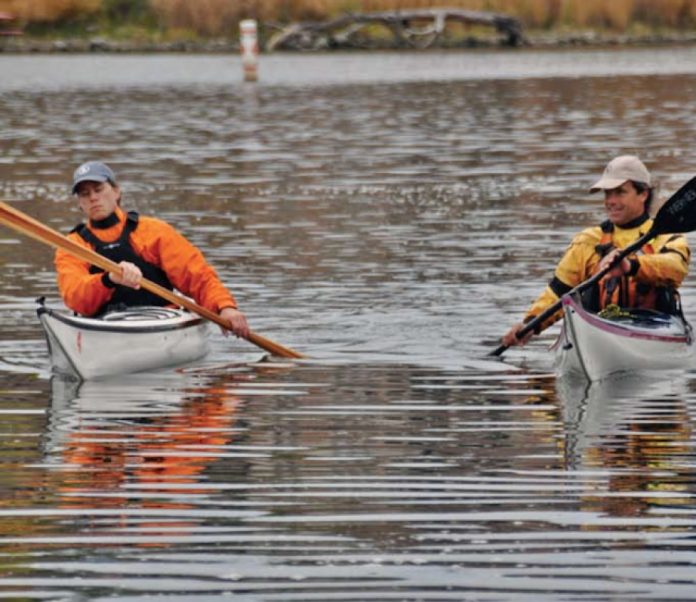
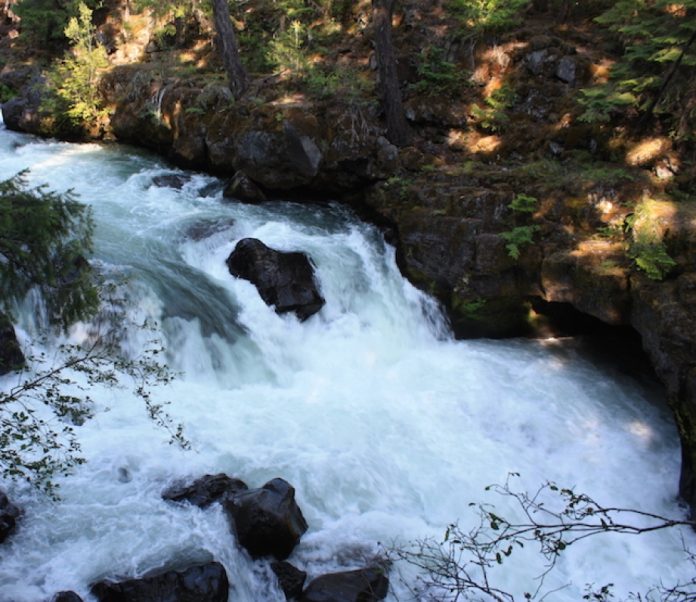
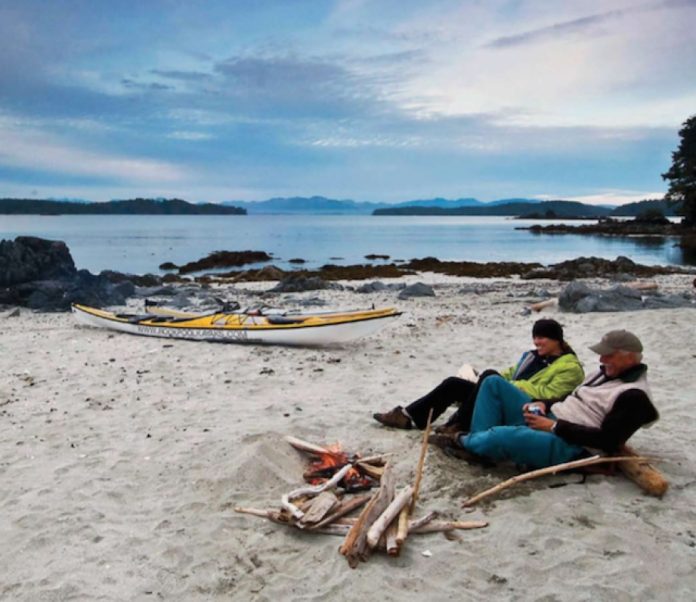
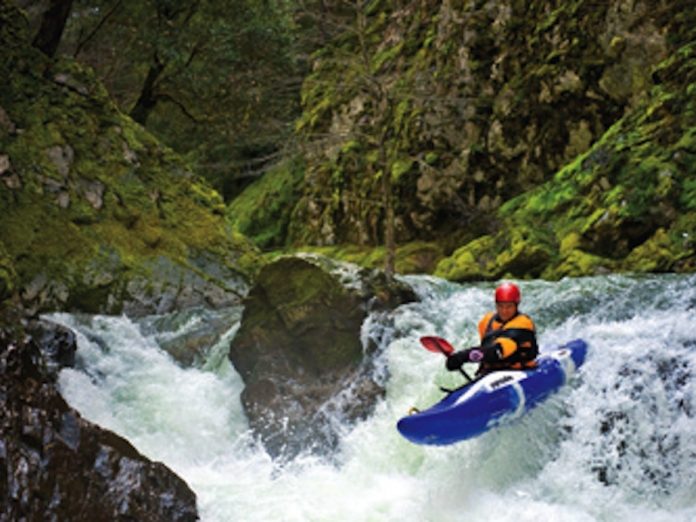
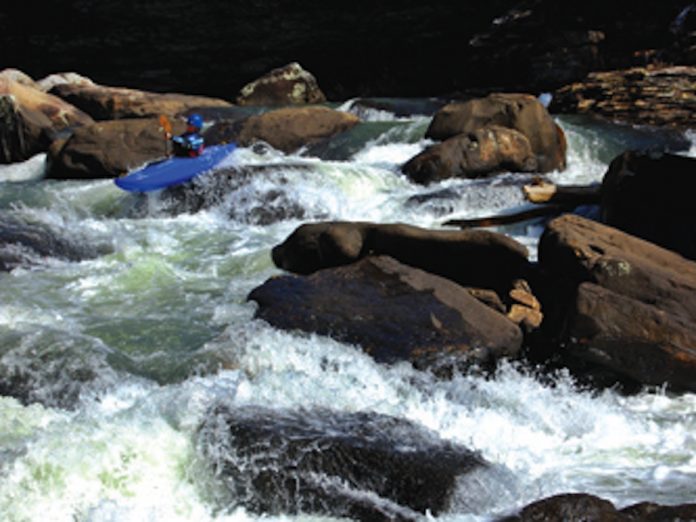

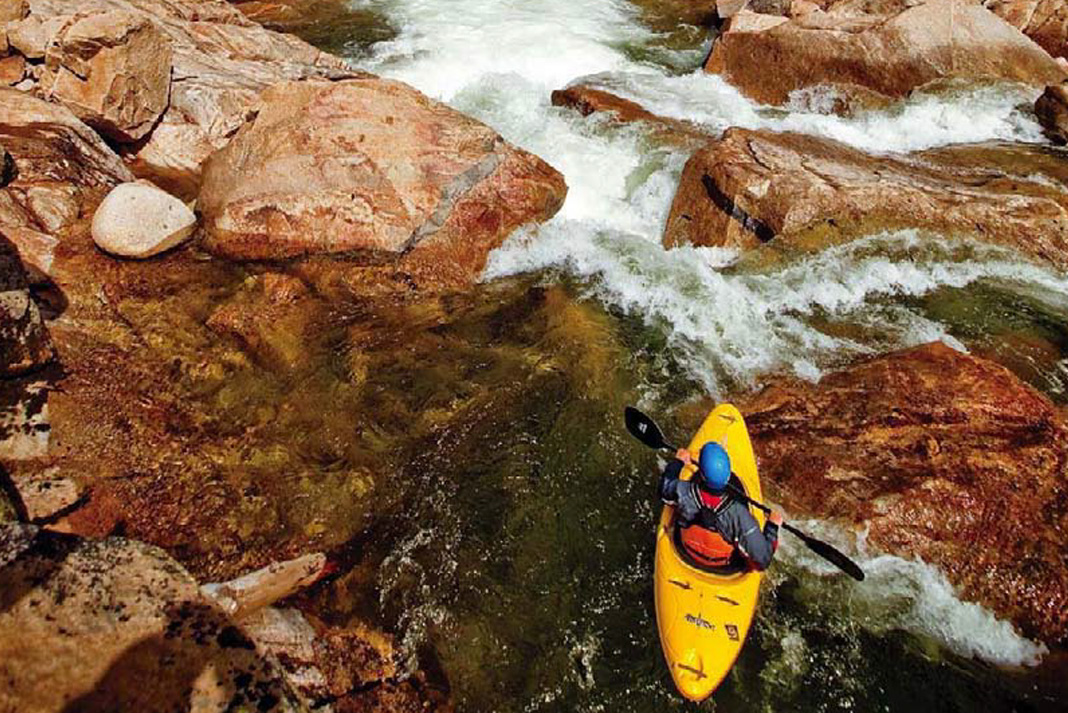
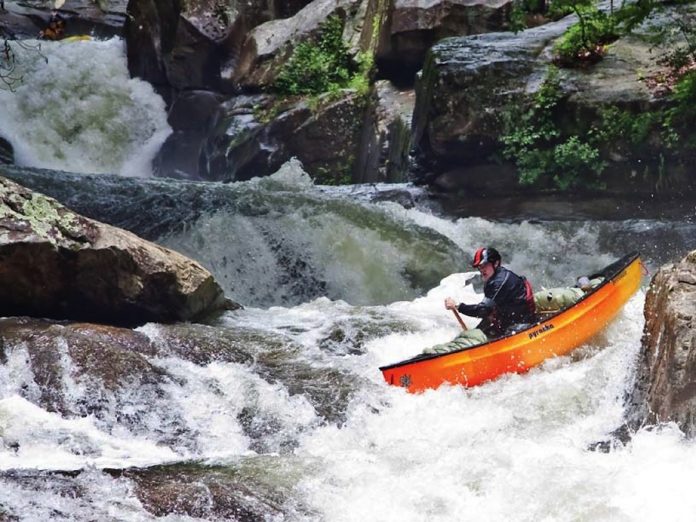
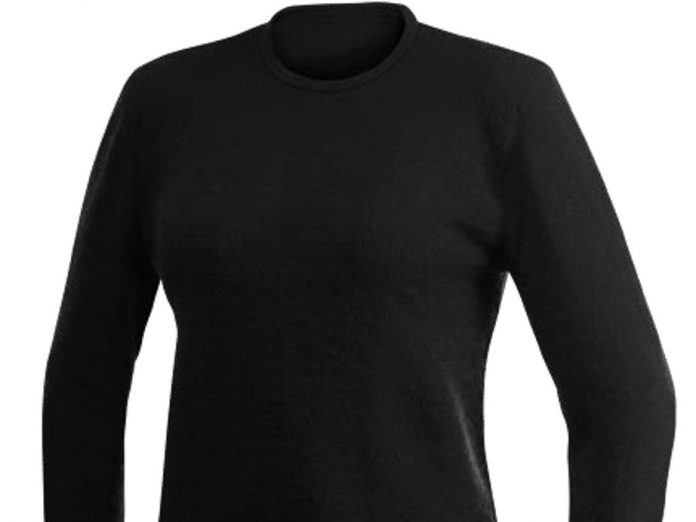
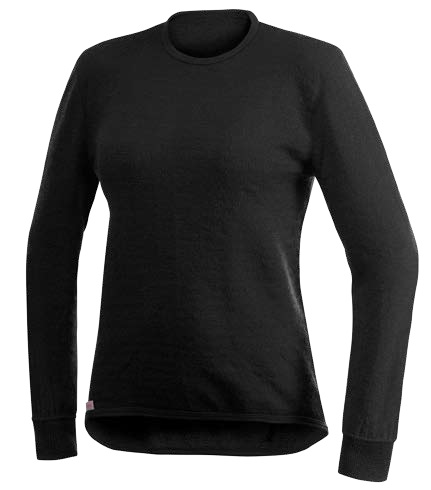 Ever dreamt of a base layer for under your drysuit that is at once both cozy and quick-drying, light yet moisture-wicking, and cool when you’re hot, warm when you’re not? And, perhaps most importantly, doesn’t reek after just a few hours on the river.
Ever dreamt of a base layer for under your drysuit that is at once both cozy and quick-drying, light yet moisture-wicking, and cool when you’re hot, warm when you’re not? And, perhaps most importantly, doesn’t reek after just a few hours on the river.